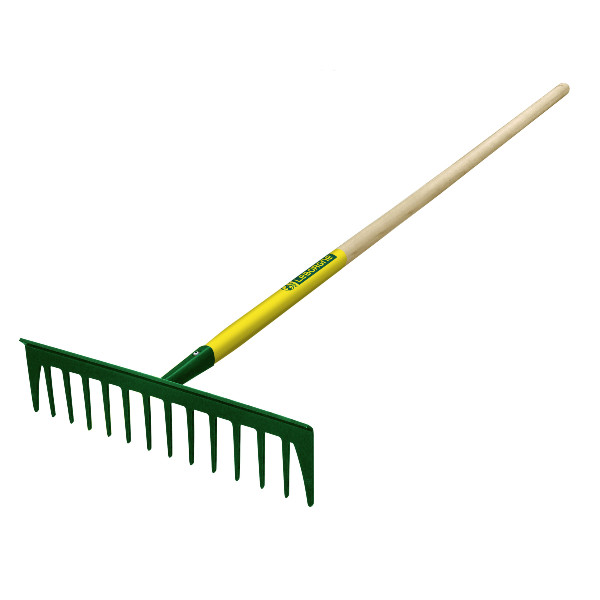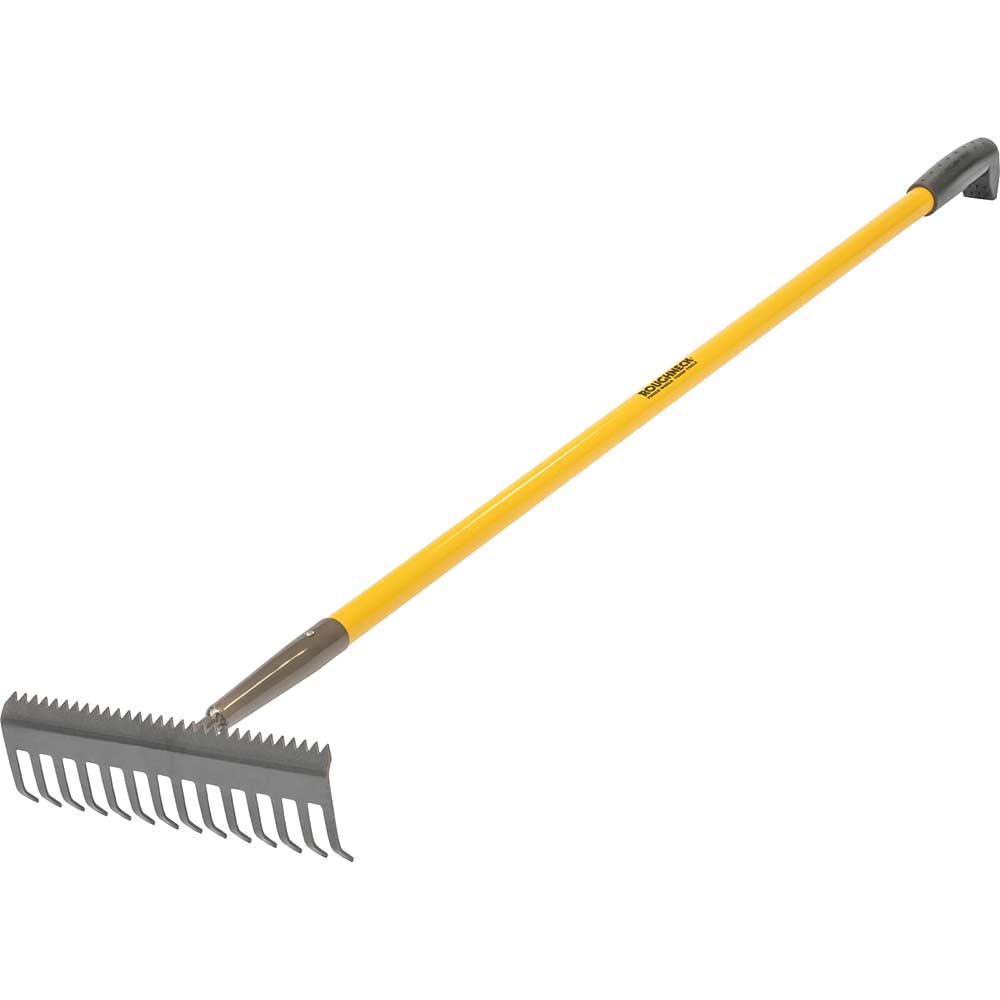How To Level Your Lawn Like A Pro With A Leveling Rake
A level lawn is not only aesthetically pleasing, but it also helps to improve drainage and prevent water pooling. If your lawn is bumpy or uneven, you can use a leveling rake to create a smooth, uniform surface.
In this blog post, I will show you how to level your lawn like a pro with a leveling rake. I will also provide some tips on how to choose the right rake for your lawn and how to level your lawn safely and effectively.
Introduction
A leveling rake is a specialized tool that is used to level uneven lawns. The rake has a series of tines that are spaced evenly apart. When you push the rake across the lawn, the tines loosen the soil and level out any bumps or divots.
Leveling your lawn with a leveling rake is a relatively easy task, but it is important to follow the correct steps to ensure that your lawn is level and safe.
Choosing the Right Rake
There are a variety of leveling rakes available on the market. When choosing a rake, you will need to consider the size of your lawn, the type of soil you have, and your budget.
If you have a small lawn, you can get away with using a smaller rake. However, if you have a large lawn, you will need to use a larger rake.
The type of soil you have will also affect the type of rake you need. If you have heavy clay soil, you will need a rake with strong tines. If you have sandy soil, you can get away with using a rake with lighter tines.
Your budget will also be a factor in choosing a rake. Leveling rakes range in price from around $20 to $100.
How to Level Your Lawn
Once you have chosen the right rake, you can begin leveling your lawn. Here are the steps involved:
- Mow your lawn to a height of 2-3 inches.
- Water your lawn thoroughly.
- Spread a layer of topsoil over the lawn. The thickness of the layer will depend on how uneven your lawn is.
- Use the leveling rake to level the lawn. Start at one end of the lawn and work your way across.
- Rake in any excess topsoil.
- Water the lawn again.
Tips for Leveling Your Lawn
- Be sure to water your lawn thoroughly before you start leveling. This will help to prevent the soil from becoming too dry and dusty.
- If you have a large lawn, you may want to consider renting a power rake. A power rake will make the job go faster and easier.
- Be careful not to over-level your lawn. If you level the lawn too much, you may damage the roots of your grass.
- Water the lawn after you have finished leveling. This will help the soil to settle and the grass to recover.
Conclusion
Leveling your lawn with a leveling rake is a relatively easy task that can be completed in a few hours. By following the tips in this blog post, you can level your lawn like a pro and create a smooth, uniform surface that will improve the appearance and drainage of your lawn.
If you are looking for more information about levelling rakes, I recommend visiting Home Gardening. This website has a comprehensive guide to levelling rakes, including different types of levelling rakes, how to use them, and where to buy them.
FAQ of levelling rake
- What is a levelling rake?
A levelling rake is a gardening tool used to level soil, sand, or other materials. It has a long handle and a head with a series of tines that are spaced evenly apart. The tines are typically made of metal or plastic.
- What are the different types of levelling rakes?
There are two main types of levelling rakes: manual and powered. Manual levelling rakes are the most common type. They are operated by hand and are typically used for small-scale projects. Powered levelling rakes are larger and more powerful than manual rakes. They are often used for large-scale projects, such as levelling concrete slabs.
- How do I use a levelling rake?
To use a levelling rake, first make sure that the soil or material you are levelling is moist but not wet. Then, hold the rake by the handle and drag the head across the surface. The tines will help to level the material and remove any bumps or uneven spots.
- What are some tips for using a levelling rake?
Here are some tips for using a levelling rake:
* Use a rake that is the right size for the job. If you are levelling a small area, you can use a smaller rake. If you are levelling a large area, you will need a larger rake.
* Rake in a consistent direction. This will help to ensure that the material is evenly leveled.
* Check the level of the material frequently. This will help you to make sure that you are getting the desired results.
* Rake from the outside in. This will help to prevent the material from bunching up at the edges.
- What are some common problems with levelling rakes?
Some common problems with levelling rakes include:
* The tines can bend or break if the rake is used improperly.
* The rake can become clogged with dirt or debris.
* The rake can be difficult to use on uneven surfaces.
- How can I prevent problems with levelling rakes?
Here are some tips for preventing problems with levelling rakes:
* Use the rake properly. Do not overload the rake or use it on uneven surfaces.
* Keep the rake clean and free of debris. This will help to prevent the tines from bending or breaking.
* Store the rake in a dry place. This will help to prevent the tines from rusting.
Image of levelling rake
This type of levelling rake has straight tines that are spaced evenly apart. It is ideal for levelling small areas or for removing debris from a surface.
This type of levelling rake has curved tines that are spaced closer together. It is ideal for levelling larger areas or for creating a smooth surface.
This type of levelling rake has serrated tines that are spaced closely together. It is ideal for levelling gravel or other loose materials.
This type of levelling rake has a triangular head with curved tines. It is ideal for levelling small areas or for creating a smooth surface.
This type of levelling rake has spring-loaded tines that are spaced evenly apart. It is ideal for levelling large areas or for removing debris from a surface.
This type of levelling rake is made of heavy-duty materials and has a large head. It is ideal for levelling large areas or for levelling difficult surfaces.
This type of levelling rake is made of wood and has a small head. It is ideal for levelling small areas or for creating a smooth surface.
This type of levelling rake is made of plastic and has a medium-sized head. It is ideal for levelling medium-sized areas or for removing debris from a surface.
This type of levelling rake is made of metal and has a large head. It is ideal for levelling large areas or for levelling difficult surfaces.
This type of levelling rake has both straight and curved tines. It is ideal for levelling a variety of surfaces.









Post a Comment for "How To Level Your Lawn Like A Pro With A Leveling Rake"